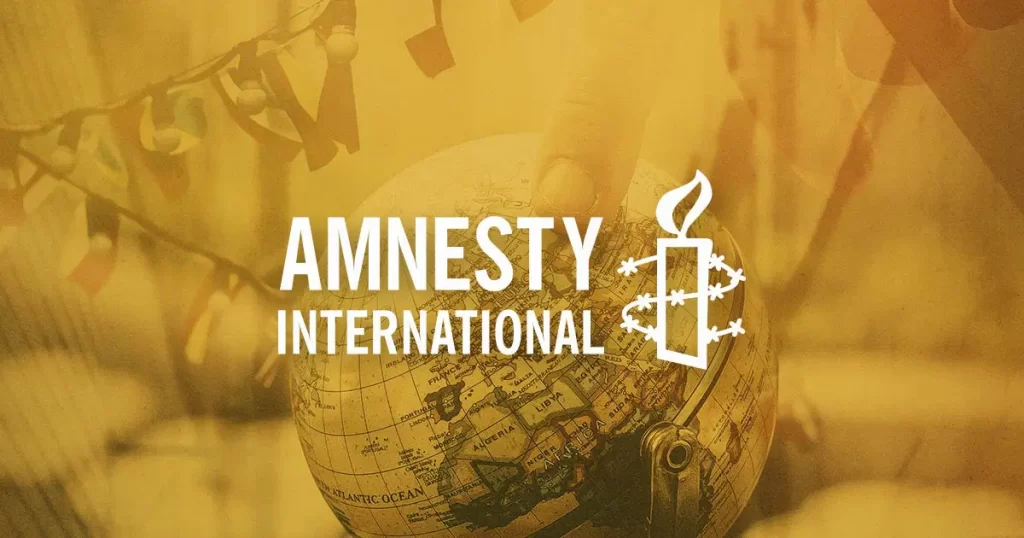Amnesty International recently sparked a heated debate by utilizing computer-generated images to depict the second anniversary of the Colombian protests. This move has raised questions about the reliability of advocacy groups and media organizations when reporting on conflict-ridden areas.
In a series of tweets, Amnesty’s Norway regional account shared three images. The first image showed a group of police officers in protective gear, while the second featured an officer with a red mark on his face. The third image depicted a protester being forcefully removed by police. Notably, the AI-generated image of a female protester displayed a flag with incorrect colors, accompanied by text alleging that police officials had committed acts of sexual assault and insulted women and members of the LGBTI community during the protests. Amnesty explained that they opted for AI-generated images to protect the anonymity of the protesters, despite having access to actual footage. They made sure to include a disclaimer indicating that the illustrations were artificially created.

Amnesty stated that before opting to use AI as a privacy-preserving measure, they spoke with partner organisations in Colombia. However, this strategy has drawn criticism from human rights organisations and experts. Sam Gregory, the executive editor of WITNESS, a group that uses technology and video to assist protect human rights, criticised Amnesty’s use of AI photos, contending that it damaged the organization’s reputation and did more harm than good. Public indignation, media scrutiny, and condemnation from other human rights advocacy groups have all been sparked by this incident. Many contend that this occurrence damages Amnesty’s standing as a trustworthy source of actual information regarding human rights abuses occurring all over the world.

Amnesty International explained in response to criticism that their goal was to expose serious human rights abuses occurring in Colombia during the 2021 National Strike while protecting the identity of those engaged. They emphasised how many demonstrators hid their faces out of concern for retaliation and stigmatisation by state security agents. Even those who revealed their identities are still in danger; some are being investigated by Colombian authorities for criminal offences.
The Amnesty controversy surrounding the use of AI-generated images in their Colombian protests campaign highlights the intricate balance between privacy protection and maintaining credibility in advocacy efforts. As technology continues to evolve, it is crucial for organizations to navigate these ethical and practical considerations to preserve public trust in their mission to safeguard human rights.


